Chorizo, is a delicious spicy pork sausage that originates from Spain and Portugal. Chorizo is also extremely popular in Mexico, Argentina and other Latin American countries.
The main and most important ingredient of chorizo, thanks to which the sausage has a reddish color and specific taste, is paprika. Both sweet and hot peppers can be used to make chorizo. The meat for the chorizo is pork, cut into large pieces, stuffed into natural intestines.
Chorizo has all kinds of variations around the world. In some recipes from Portugal, chorizo is left in wine for more flavor. In Spain and Portugal, fresh spices and herbs are added the chorizo to make it taste better. In Mexico, the meat is finely ground and coarsely ground hot pepper is used instead of sweet. In some parts of Mexico they add celery and garlic.
History of Chorizo
Chorizo has a long history and is closely related to the Slaughter of the Pig ritual, one of the gastronomic, festive and even religious traditions in most villages in Spain. It seems that the history of this sausage begins with the so-called morcilla – sausage with blood. In his Odyssey of the 9th century B.C. Homer mentions intestines full of blood and fat that can be roasted over a fire. This is also the earliest reference to sausages.
Chorizo is probably the first of the Spanish sausages, defined by the Royal Academy of Languages in 1726 as a short piece of intestine filled with pork, which is seasoned and smoked. However, during this time, the flavor of paprika is not very famous for making the sausage. Interestingly, however, modern chorizo owes its color to paprika. But when did it start being added? This valuable ingredient reached Spain in the 16th century from America. Previously, sausages were white or black in color (if made with blood).
Preparing Chorizo
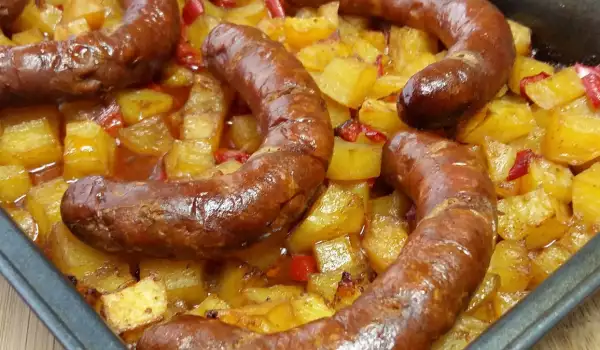
The main ingredients of traditional chorizo for pork, bacon, paprika, garlic and salt. However, there are many recipes that can include spices such as black pepper, cumin, bay leaf, thyme, onion, oregano and others. Each Spanish family may have their own recipe, but the main steps are 4 – having chopped pork and bacon; mixing with all the spices used; flavoring for 24 hours; aging process.
The aging process of chorizo involves exposure to air in a natural environment and it is necessary to choose suitable places based on their temperature and humidity.
The aging period of chorizo is a process of drying and acquiring texture while the natural flavors in the sausage develop. The chorizo is aged for about 50 days, sometimes smoked over oak wood and then left to dry in a cool place.
Types of Chorizo
There are different types of chorizo, with the division coming from the geographical area, the type of meat used, as well as the type of main pork.
Depending on the type of pork
Depending on the type of pork used, Chorizo iberico bellota (made with Iberian pork ham) is recognized; Chorizo Iberico (made from Iberian pig meat); Chorizo traditional home (made with pork and shaped like a horseshoe).
According to the type of meat
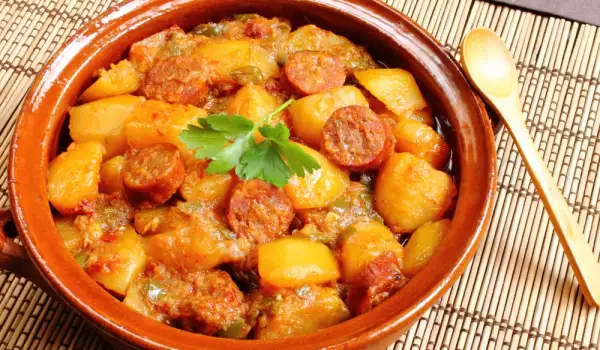
Depending on the type of meat, the sausage can be beef, venison, horse meat or wild boar meat. Wild boar sausage has a dark red color and a characteristic smell. It is a high quality product that is made from specially selected wild boar meat, pork, Iberian bacon, salt, garlic, parsley and various spices. Pork sausage has high nutritional value and low fat content.
This type of sausage has the highest iron content and is the sweetest and most tender in taste. Beef sausage is made from beef mixed with meat and/or bacon. Sausage made from deer meat has a very refined taste. Venison is tender and clean tasting, with a distinctive fine texture.
According to the region of production in Spain
Chorizo de Leon – this is a sausage made from pork; it has a smoked delicious and dark red color, characteristic taste and aroma. It is prepared in the shape of a horseshoe, with the ends tied.
Chorizo Galician – chorizo from the region of Galicia is made from pork, bacon, red pepper, black pepper, garlic and salt. The curing process involves drying and smoking and later it is stored in fat or oil. It can be eaten directly or boiled, baked or fried.
Chorizo Extremadura – There is a lot of Iberian chorizo in Extremadura, but the region has a typical sausage known as Patatera Extremadura. It is a typical horse-shoe-shaped sausage made from baked potatoes (50%), fatty pork (40%), lean meat (10%). The red color the sausage is due to sweet or spicy paprika.
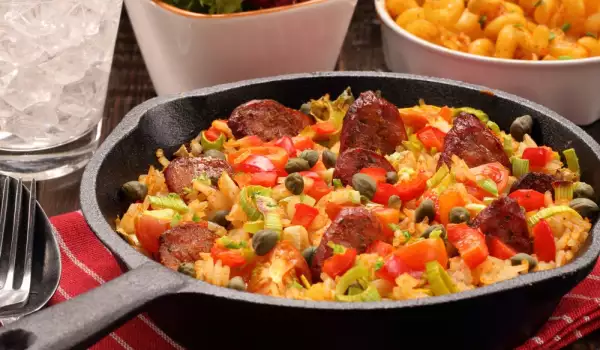
Chorizo de Navarre – Chorizo de Pamplona may have been the first industrialized meat product, as the first Spanish meat factory was in Navarre. Chorizo is made in a large intestine with a diameter of 4 cm and a reddish color. Seasoned with salt, black pepper and garlic, it consists of pork, beef and bacon to a lesser extent. It is eaten raw, its texture is creamy and soft, but it has a strong and rich flavor.
Chorizo Riojano – chorizo from Rioja, which can be string or horseshoe shaped. It is one of the most typical foods in Rioja, a land with a tradition of sausage production. This type of chorizo is firm and compact, with a balanced and intense flavor dominated by garlic. Chorizo Riojano has a protected geographical indication.
Chorizo from Segovia – fresh pork sausage with added salt and black pepper. Garlic and oregano can be added to them.
Chorizo from Cantabria – in the Cantabria region, one of the most popular sausages comes from the small village of Potes. The ingredients used in their production are lean meat, bacon, salt, black pepper, paprika, garlic, oregano and thyme. The sausage ages in a natural environment with oak wood, smoked for 25 days, which gives it a distinctive and rich taste. The sausage can be eaten raw, fried or boiled.
Chorizo from Canarias – Chorizo and blood sausage are popular in the Canary Islands. The most famous chorizo in the islands is from the village of Teror. It is colored red because of the paprika, but there is also a white variety (without paprika).
Chorizo in the culinary world
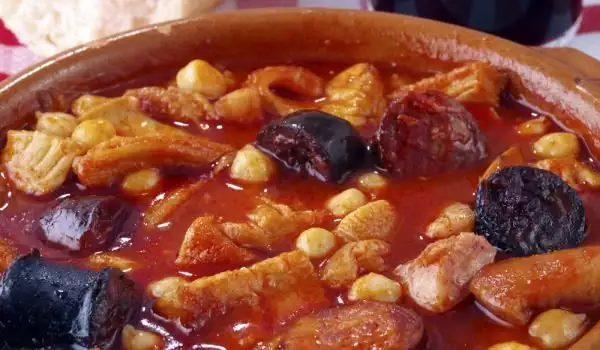
Freshly made chorizo can be prepared just like regular sausages – grilled, oven-baked or barbecued. However, if the chorizo is well dried, it becomes an excellent appetizer for direct consumption and its taste is perfectly complemented by a glass of good red wine. In our country, chorizo is mostly imported, so the option for direct consumption is more common.
However, chorizo can be used as a savory ingredient on various pizzas and sandwiches. The good thing is that just a few slices of the spicy sausage are enough to give a great look and a nice smoky flavor to the dish. Chorizo can be added to bean stew, potato dishes, gratins, spaghetti. It can be served in combination with nice delicate cheeses.
In Spain, chorizo is one of the staples of traditional cuisine. It can be used in sandwiches, side dishes and the most classic way is served in the form of tapas. It is cooked with apple cider wine and butter; it is made into a stew with chickpeas, beans, potatoes or scrambled eggs.
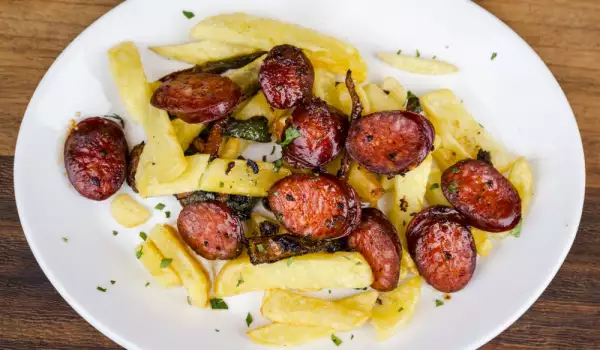

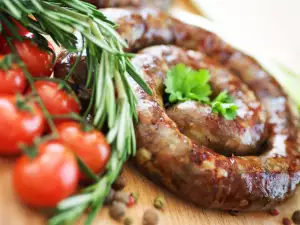
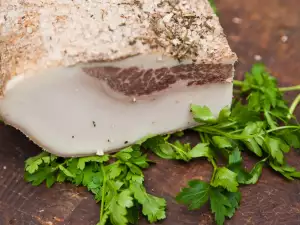
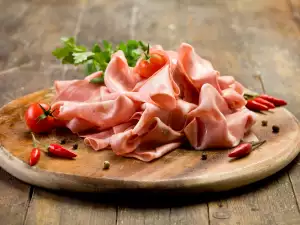
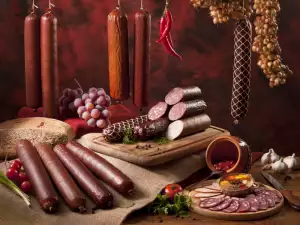
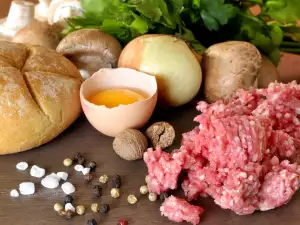
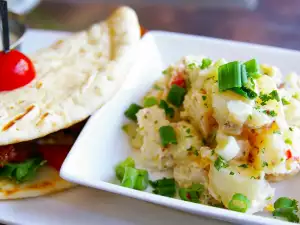
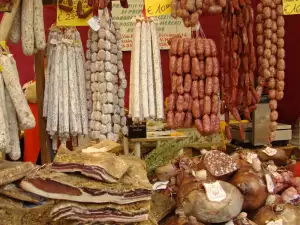
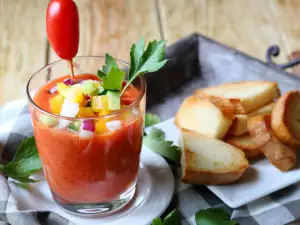


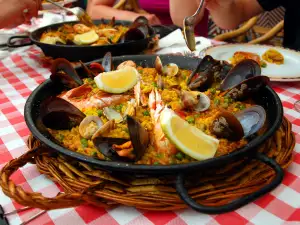





Comments